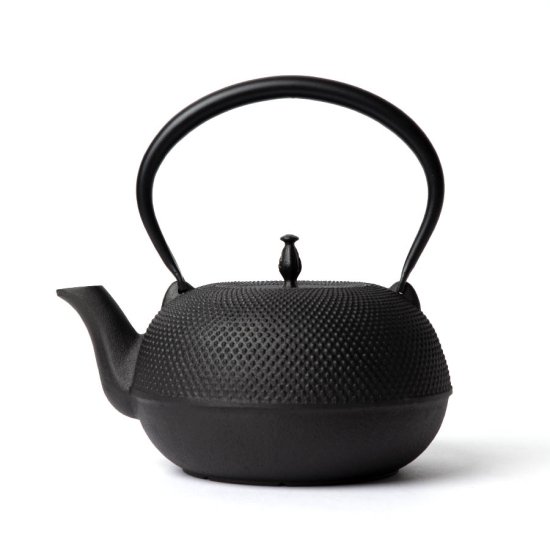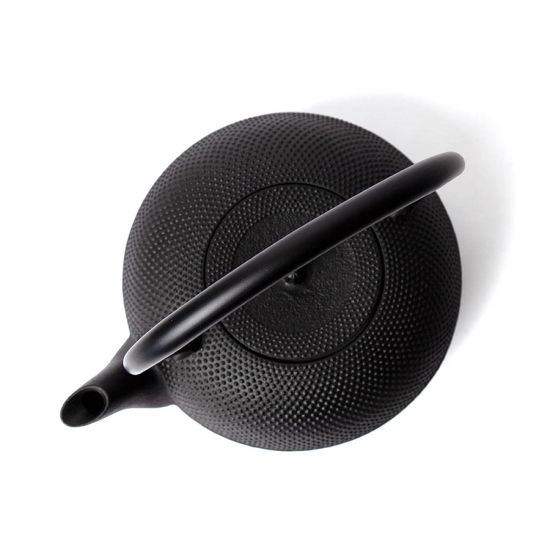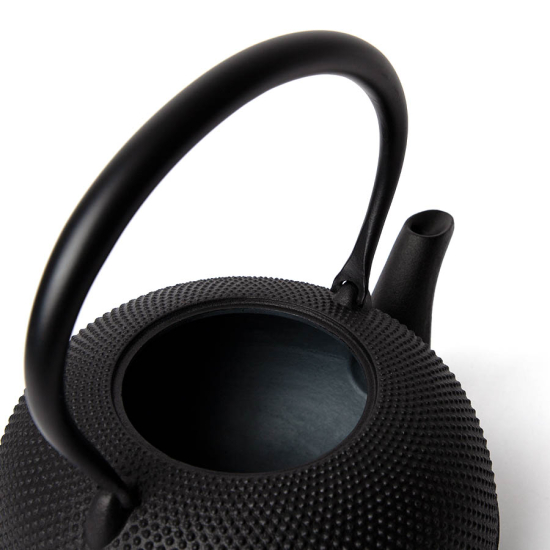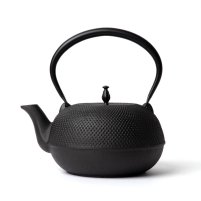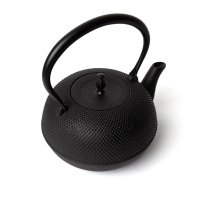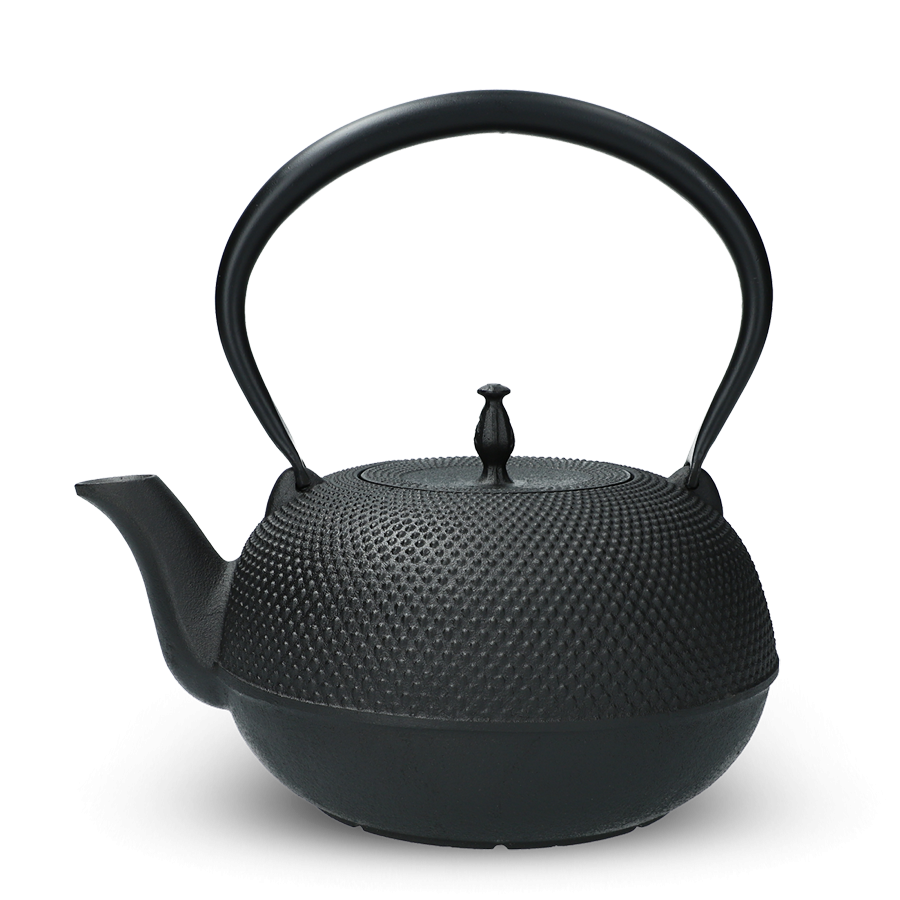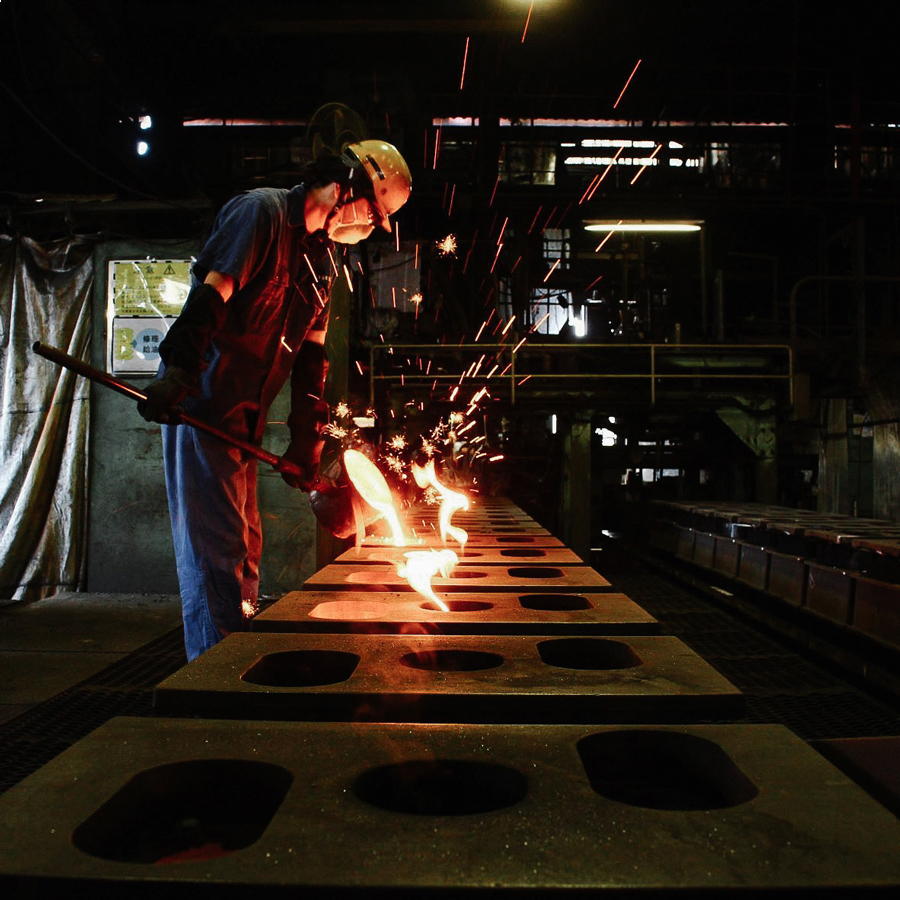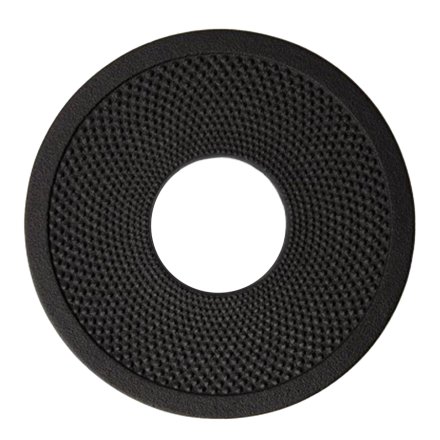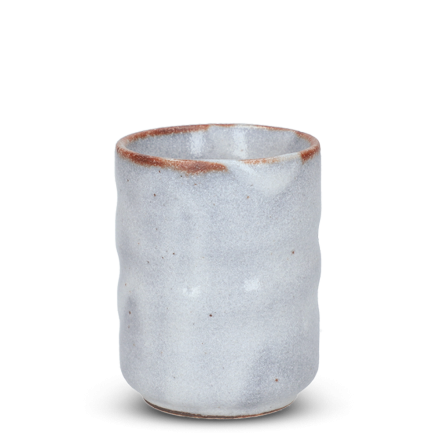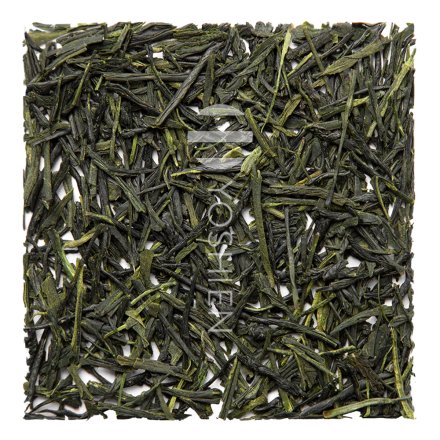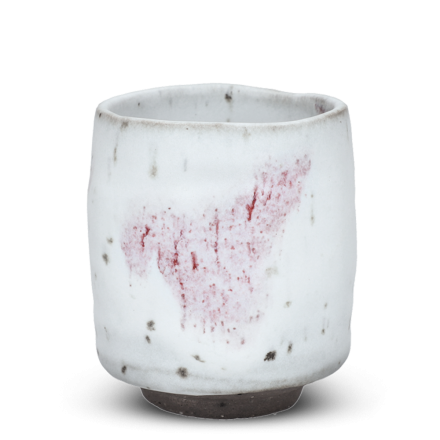Manufacture
First mold is made of sand, for which gradually finer sand is applied. This is finally processed with special tools in such a way that beautiful patterns such as the classic Arare dotting are formed during casting. The hot iron (~1500°C) is then poured into the sand mold, which has been fired at almost 1000°C and hardened as a result. Finally, the cooled tetsubin is removed from the mold and coated with a varnish made from cashew nuts to increase the durability of the iron. To avoid rusting, high-quality tetsubins are then fired in an oven at around 900°C (Kamayaki technique 釜焼き) - a process that all tetsubins at Oigen go through. Oigen is particularly proud of the natural finish of the surface, which has excellent iron permeability despite being rust resistant.



